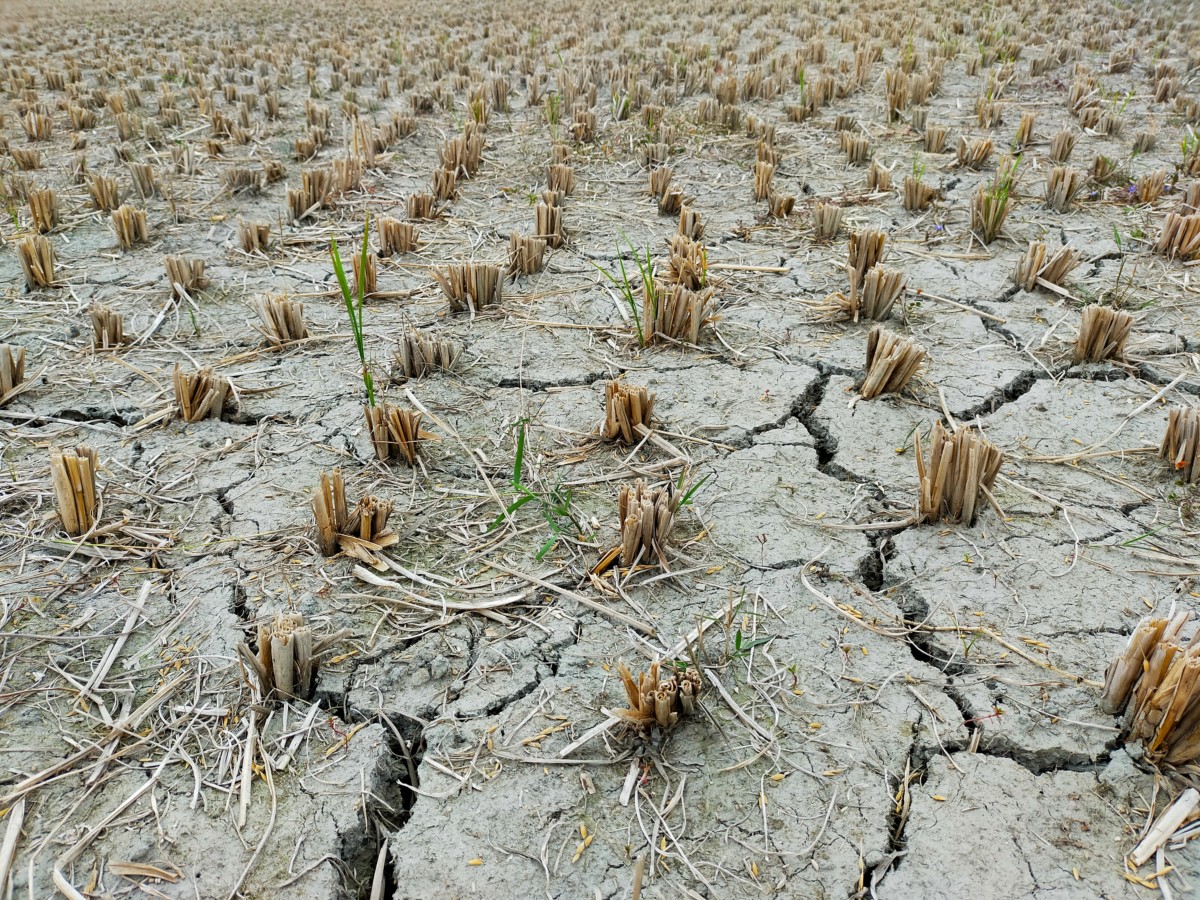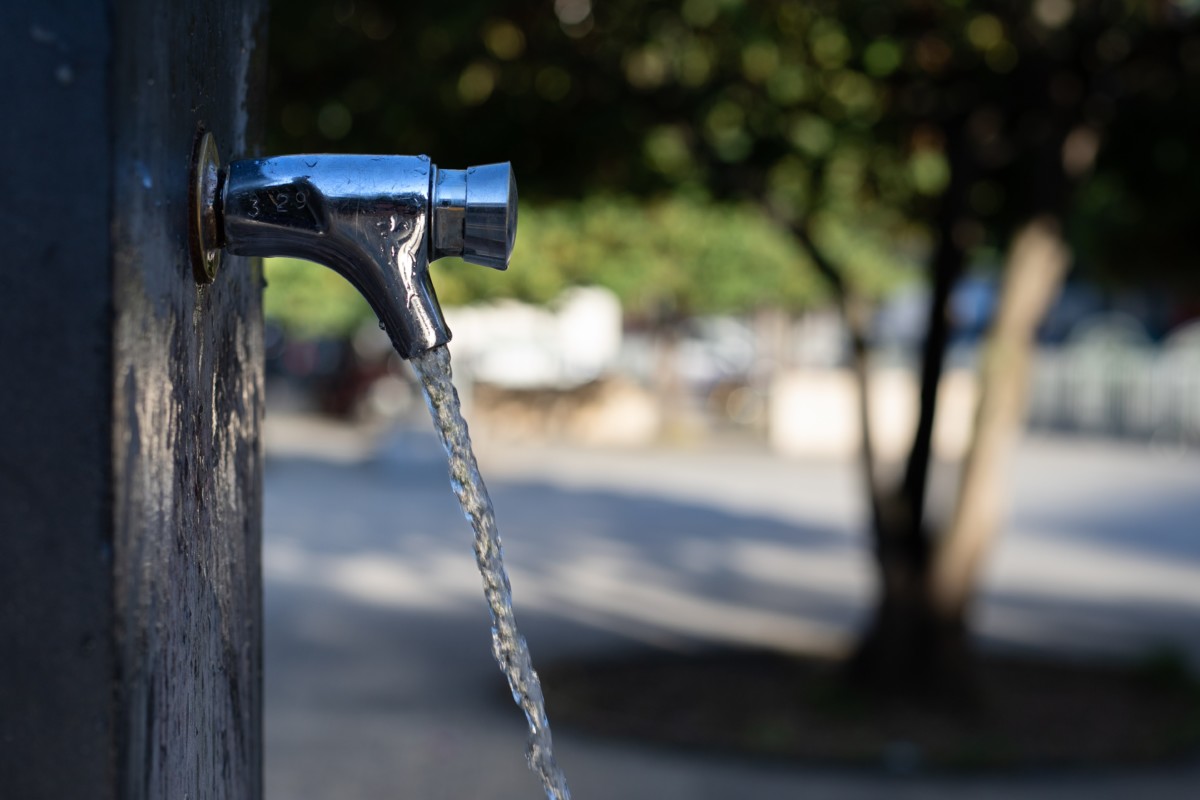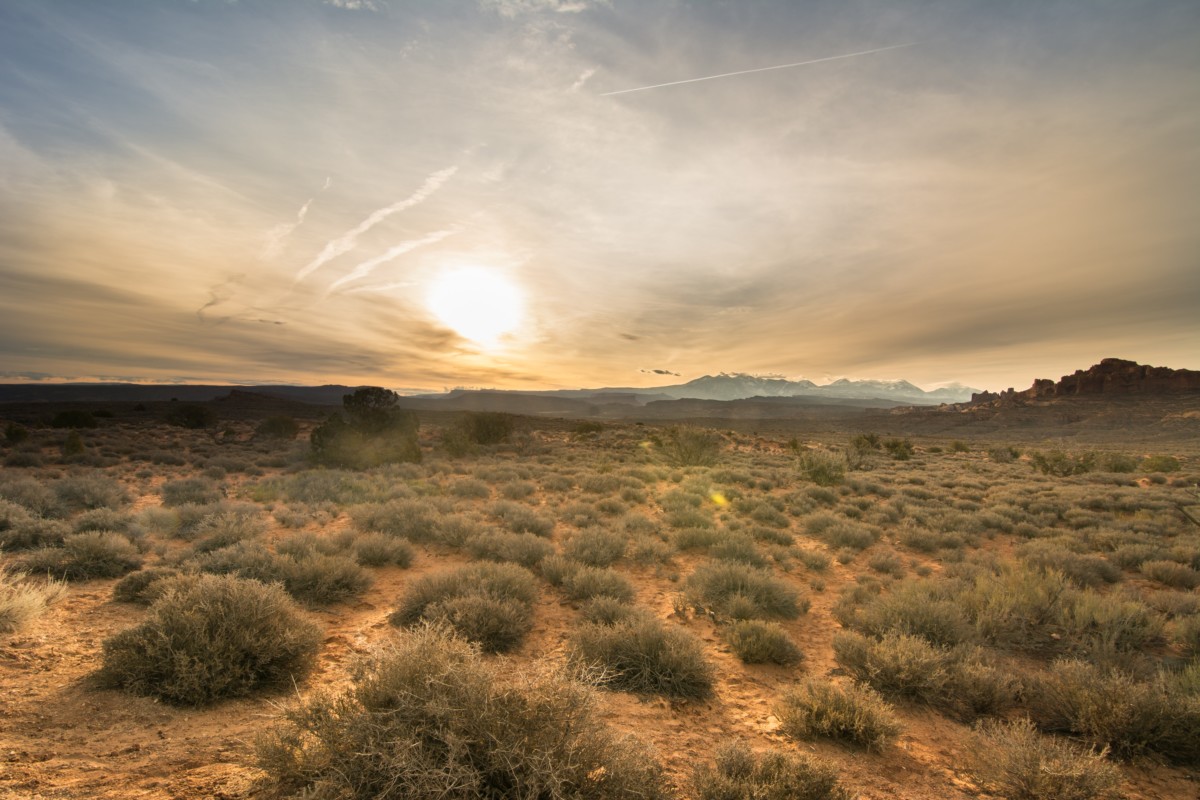As climate change worsens, extreme weather is becoming increasingly common. Droughts are a poignant example, growing in frequency and severity, especially in the U.S. Many homeowners are seeing the effects of drought through water use restrictions and mandatory cutbacks.
If you live in a drought-prone area, like Los Angeles, CA, or Phoenix, AZ, you’ll want to take steps to lower your water usage. To help you get started, we’ve gathered information to help you assess your water needs and develop a plan for conserving your water supply. Keep reading to learn how to take the proper precautions and prepare your home for drought.

Where do droughts occur?
Actual drought conditions vary from region to region. Different areas have different weather patterns – some are naturally wetter and some are drier. For example, six rainless days on the tropical island of Bali could be considered a drought for that area. Navajo County, AZ, on the other hand, spends most of the year without significant precipitation, so it takes a lot of rainless days to classify the area as in a drought.
NOAA, along with other government agencies, tracks precipitation throughout the country. When an area consistently receives less precipitation, the government classifies it as a drought.
Pro tips: keep your property-type in mind during a drought
“Droughts can affect commercial properties differently than residential ones,” says the team at Patriot Softwash. “Sidewalks and parking lots can become slick without proper pressure washing care, so make sure to preemptively care for your commercial property.”
“Pressure washing is a valuable tool to keep your home or office looking great,” notes the team at Peppers Pressure Washing. “Scheduling regular pressure washing appointments before a drought is the best way to ensure you aren’t stuck with grime during a drought.”
Steps to prepare your home for drought
If you live in a drought-prone area, you should implement some of the following measures to protect you and your community.
1. Start with general home maintenance
Before starting on any expensive projects, ensure your home is up to date and you aren’t unnecessarily wasting water or energy. “When you’re preparing for a drought, the first place to start is with general home maintenance,” says Breegan Jane, an LA-based designer. “Ensure your home is in good condition by checking for potential leaks in faucets, water heaters, dishwashers, and any other places where leaks are common. This is particularly important if it’s an area you haven’t checked in a while.”
Check your roof and shingles for holes and disrepair as well – these can be huge energy wasters.
2. Check and repair any water leaks in your home
Leaky pipes can waste thousands of gallons of water a year. Not only does this waste water, but it also increases your water bill. “One of the best ways to prepare your home for drought is to find and prevent any water leaks,” says Rachel Bowers from California Plumbing. “To see if your home has a leak, turn off your fixtures and look closely at your water meter. Wait thirty minutes without using any water, and check back to see if there’s a difference. If there is, you likely have a leak.”
Pro tips: inspect your gutters and hose spigot
Droughts are an excellent time to clean your gutters. If you allow the dirt, debris, and algae to sit unaddressed, it’s likely to attract more dirt and grime. As the dirt and debris build up, they can become a breeding ground for pests. Use this opportunity to wash and scrape out the insides of your gutters so that they’re prepared for rain when it does come. – The team at Gutter Boyz
Outdoor faucets are one of the most common sources of leaks for homeowners that often go unnoticed. In fact, a dripping faucet wastes 2,700 gallons of water per year on average. Conventional brass spigots have a flawed sealing mechanism, which can result in leaks and drips. Unlike standard hose bibs, the Aquor House Hydrant uses water pressure itself to keep the valve closed, guaranteeing a leak-free outlet. – Elizabeth Schneider from Aquor Water Systems
3. Install water-efficient appliances
Older appliances often use more water than is needed. By upgrading certain appliances in your home, you can see a decrease in water use and a lower water bill. Water-efficient versions of your appliances, like low-flow showerheads, low-volume toilets, and high-efficiency dishwashers, will make all the difference in conserving water and preparing for a drought.
4. Get into the habit of not wasting water
The simplest thing you can do to avoid wasting water is to be conscious of your actions. When washing dishes, brushing your teeth, and shaving, for example, be mindful of the faucet. Additionally, you can reuse water that would otherwise go to waste. One way to do this is to place a bucket in the shower to collect the water while you wait for it to heat up. You can use this water for your plants or to clean the exterior areas of your home.
Pro tip: use efficient window cleaning methods
During a drought, hire a window cleaning company that uses efficient methods. Window cleaning companies use water-fed poles with deionized water, leaving glass surfaces negatively charged, keeping them cleaner for longer. – Mike Maharas from Wash Masters Cleaning

5. Harvest rainwater
Rainfall brings thousands of gallons of water to your property yearly, especially if you live in a rainy climate like Seattle, WA, or Vancouver, BC. Take advantage of this by harvesting some of it in a rainwater barrel. “You can connectrel=”nofollow” these units to your downspout professionally, but are also DIY-friendly,” says Ken Wilson, owner of The Gutter Boys. “Most residential rain barrels range in size from 15-80 gallons, which is plenty of space to hydrate plants and trees around your landscape. “
Using a rain barrel will also help you reduce your water bill. To help collect the water into rain barrels, “remove your downspout drain pipes and replace them with rain chains,” says the team at Sierra Vista Maintenance. “This will allow you to use the water for whatever you need.”
You can divert rainwater through gutters and downspouts into barrels for later use. During severe drought conditions, you can even filter gutter-channeled rainwater for drinking. – Ned Stevens Gutter Cleaning
6. Check your roofing and install rainwater diverters
Although the last thing on anyone’s mind during a drought is the state of your roof, it’s the perfect time to check it out. “You can best see long-term sun damage during periods of dry weather, ” says the team at New Beginnings Construction, Inc. “Have your roof inspected during the dry spell to ensure that it’s ready for whatever weather comes next.”
Your roof also receives a lot of uncollected rainfall, notes the team at Done Gutter. “The average 3000 sq. ft. roof sees more than 1800 gallons of water per single inch of rainfall. With only basic tools, you can install low-cost rainwater diverters onto your downspouts to automatically send this water to your rain barrels or other storage.”
Pro tip: collect rainwater during a severe drought
You can divert rainwater through gutters and downspouts into barrels for later use. During severe drought conditions, you can even filter gutter-channeled rainwater for drinking. – The team at Ned Stevens Gutter Cleaning

7. Plant native drought-tolerant plants in your garden
Try planting native, drought-tolerant vegetation. These plants thrive in drier climates, so you won’t need to water them as frequently as other plants or flowers. “Only water your garden during the evening or early morning to prevent unnecessary evaporation and burn spots,” says Autumn Fahlsing from Granulawn. “Be sure to use mulch to help retain moisture and prevent weeds.”
Pro tip: native plants are key
One of the best ways to combat drought and conserve water is to plant native vegetation. They flourish in a drier environment and use less water than other non-native plants and trees. Also, there is a wide variety of drought-tolerant plants to choose from other than just cacti and succulents. – Deborah Munoz-Chacon, Arborist with Sonoran Oasis Landscaping
8. Implement smart irrigation to prepare your home for drought
A great way to monitor the watering of your lawn and plants is to implement smart irrigation. You can do this one of two ways: drip-irrigate with a hose with small holes and move it around the yard; or, if you have a sprinkler system, install a smart controller that monitors moisture in the soil and turns on sprinklers as needed. This will allow you to conserve water more efficiently if a drought occurs.
Installing drought-resistant grass can also be a good option. Valerie Smith from Sod Solutions suggests mowing your hardy grass less often. “People often mow their lawns short to avoid mowing as often – this isn’t always a good idea. In general, taller grass has deeper roots. These roots absorb more water from deeper layers of soil so that the grass can continue growing during periods of drought.”
Pro tip: try artificial grass
Installing drought-resistant turf landscaping is a perfect way to reduce water usage without sacrificing an aesthetically pleasing yard. Landscaping with artificial turf for water conservation is not only affordable up front and can save you money every month, but it’s also great for a drought-prone environment. – David Barbera from Artificial Turf Supply
Final thoughts
Climate change droughts are becoming more and more common so it’s vital to be prepared, especially if you live in an area prone to drought. If drought does occur be sure to observe your state and local restrictions on water use so that you are up to date on any new rules or regulations.


























 United States
United States Canada
Canada